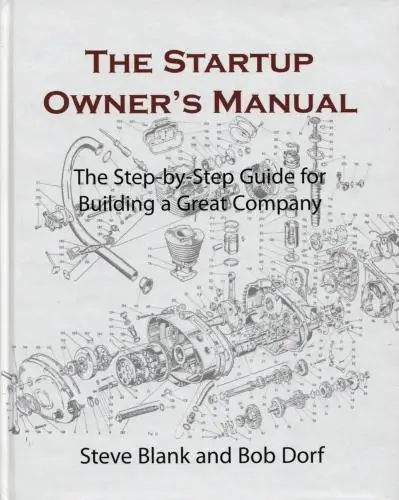
The Startup Owner's Manual
The Step-by-Step Guide for Building a Great Company
What's it about?
The Startup Owner's Manual is a guide for entrepreneurs aiming to transform their ideas into successful ventures. This book demystifies the startup process, offering a step-by-step framework that emphasizes Customer Development and Lean Startup principles. Blank's insights help readers avoid common pitfalls, efficiently validate business models, and adapt to customer feedback. Perfect for both seasoned entrepreneurs and novices, this manual is your blueprint for building a customer-centric, scalable business.
About the Author
Steve Blank is an influential Silicon Valley entrepreneur, recognized for pioneering the Lean Startup movement. He authored "The Startup Owner's Manual," emphasizing customer-focused product development. Blank's work is characterized by practical, actionable insights derived from his extensive experience, advocating for iterative processes and validated learning in building successful startups.
10 Key Ideas of The Startup Owner's Manual
Embrace the 'Get Out of the Building' Approach to Understand Your Customers
This tactic emphasizes the importance of leaving your comfort zone and directly interacting with potential customers to gain insights into their needs, preferences, and pain points.
By engaging in conversations and observing behaviors in their natural environments, you can gather valuable feedback that informs product development, ensuring that what you build actually solves real problems for your target market.
This hands-on approach helps in validating hypotheses about your business model and adjusting your strategy based on empirical evidence rather than assumptions.
Learn DeeperIdentify Your Target Market: Start by clearly defining who your potential customers are. Consider factors like demographics, interests, and behaviors to narrow down your audience.
Design a Customer Discovery Plan: Outline a plan for how you will interact with potential customers. This could include surveys, interviews, or observation sessions. Decide on the questions you want answers to and the best method to engage with your audience.
Schedule Regular Out-of-Office Days: Dedicate specific days or times when you will 'get out of the building' to meet with potential customers. This could be visiting places they frequent, attending industry events, or setting up one-on-one meetings.
Analyze and Act on Feedback: After collecting feedback, take the time to analyze what you've learned. Look for patterns or recurring themes that can inform your product development or business model. Be ready to pivot or make changes based on this real-world input.
Iterate and Repeat: Customer discovery is not a one-time task. Continuously seek out customer feedback as your product or service evolves. This ongoing dialogue with your market will keep your offerings relevant and valuable.
- Example
A tech startup developing a new fitness app decides to visit local gyms and fitness centers to observe how people interact with existing fitness apps. They conduct informal interviews with gym-goers to understand their frustrations and desires, using this feedback to tailor the app's features.
- Example
A small bakery looking to expand its product line sets up a tasting booth at a local farmers market. The owner engages directly with customers, asking for their opinions on potential new flavors and noting their preferences. This direct feedback influences the bakery's decision on which new products to launch.
Adopt the Lean Startup Methodology for Efficient Use of Resources
Lean Startup principles guide entrepreneurs to use their resources more efficiently by building a minimum viable product (MVP).
They measure its performance in the market and learn from the results to make informed decisions.
This iterative process of Build-Measure-Learn enables startups to quickly pivot or persevere with minimal waste of time and money.
It encourages constant adaptation and responsiveness to customer feedback, leading to a more flexible and resilient business model.
Learn DeeperStart with a Clear MVP: Identify the core feature or service that solves your target customer's problem. Keep it as simple as possible to reduce development time and cost.
Implement Continuous Feedback Loops: Regularly collect feedback from your initial users. Use surveys, interviews, or direct observations to understand their experience with your MVP.
Analyze and Adapt Quickly: Based on the feedback, make necessary adjustments to your product or service. This could mean adding new features, removing unnecessary ones, or pivoting your approach entirely.
Measure What Matters: Focus on key metrics that truly reflect the value your customers are getting from your MVP. This could be user engagement, retention rate, or another metric relevant to your business model.
Embrace Failure as Learning: Not all experiments will succeed. View failures as opportunities to learn and refine your approach. The key is to fail fast and cheaply, then pivot based on what you've learned.
- Example
A tech startup develops a basic version of their app that includes only the essential feature of connecting local freelancers with potential clients. They release it to a small group of users to gather feedback on usability and demand before adding more complex features.
- Example
A small online bakery decides to test the market by offering a limited selection of their most unique flavors. They use social media to gauge customer reactions and directly ask for feedback through their website. Based on the responses, they adjust their offerings to focus on the most popular items.
Utilize Customer Development to Validate Your Business Model
Customer Development is a four-step framework designed to discover and validate who your customers are, what they want, and how to deliver a product that meets their needs.
The stages include Customer Discovery, Customer Validation, Customer Creation, and Company Building.
This systematic approach ensures that you're not just creating products based on untested assumptions but are continuously testing and refining your business model against real-world customer behavior and feedback.
Learn DeeperIdentify Your Target Customer: Start by defining who your ideal customer is. Consider demographics, behaviors, and needs. This will help you focus your efforts on the group most likely to benefit from your product.
Conduct Customer Interviews: Reach out to potential customers for interviews. Ask open-ended questions about their challenges, preferences, and current solutions they use. This direct feedback is invaluable for validating your assumptions.
Create a Minimum Viable Product (MVP): Based on the feedback, develop a simplified version of your product that solves the core problem for your customers. This allows you to test your concept with minimal resources.
Iterate Based on Feedback: Use the feedback from your MVP to make improvements. This might mean tweaking the product or even pivoting your approach entirely. The key is to be flexible and responsive to what your customers are telling you.
Scale Your Efforts: Once you've validated your business model and found a product-market fit, focus on scaling your marketing and sales efforts. This includes refining your value proposition and expanding your customer base.
- Example
A tech startup developing a new fitness app conducts interviews with fitness enthusiasts to understand their frustrations with current apps. They use this feedback to create an MVP that focuses on personalized workout plans, which is well-received in a small test market.
- Example
A small bakery looking to expand its business uses customer surveys to discover that many customers are seeking gluten-free options. They start by introducing a small range of gluten-free products, which quickly become popular, validating the business model shift towards catering to this niche market.
Implement Continuous Innovation to Stay Ahead of the Market
"In today's fast-paced business environment, continuous innovation is key to maintaining a competitive edge.
This involves constantly seeking ways to improve your product, processes, and business model.
By fostering a culture of experimentation and being open to change, you can adapt to market shifts, leverage new technologies, and meet evolving customer demands.
This proactive stance helps in sustaining growth and preventing stagnation."
Learn DeeperCultivate a Culture of Experimentation: Encourage your team to propose and test new ideas regularly. This could be as simple as dedicating a few hours each week to brainstorming sessions or setting up a small budget for experimenting with new processes or technologies.
Stay Informed About Industry Trends: Make it a habit to read industry reports, attend relevant webinars, and participate in forums related to your business. This will help you spot emerging trends and technologies that could impact your market or offer new opportunities.
Implement Feedback Loops: Create mechanisms to gather continuous feedback from your customers, such as surveys, user testing sessions, or direct outreach. Use this feedback to make informed decisions about product improvements or new features.
Foster an Agile Mindset: Adopt agile methodologies not just in product development but across your organization. This approach emphasizes adaptability, customer focus, and the importance of cross-functional teams working collaboratively towards common goals.
- Example
A software company regularly releases beta versions of its products to a select group of users. They collect feedback on usability, features, and bugs, which informs their development priorities and helps them iterate quickly.
- Example
A retail business experiments with different store layouts and tracks customer movements using heat maps. Based on the data, they adjust product placements to optimize flow and increase sales of high-margin items.
Focus on Achieving Product/Market Fit Before Scaling
Product/Market Fit means creating a product that satisfies a strong market demand.
It's crucial to achieve this fit before focusing on scaling your business.
Expanding too early can lead to inefficiencies and waste if your product doesn't yet meet the market's needs.
By concentrating on refining your product until it truly resonates with your target audience, you ensure that scaling efforts will be more effective and sustainable in the long run.
Learn DeeperValidate Your Idea Early: Before you dive deep into product development, validate your idea with potential customers. This can be as simple as discussing your concept with target users or creating a minimal viable product (MVP) to gather feedback.
Iterate Based on Feedback: Use the feedback from your MVP testing to make necessary adjustments to your product. Don't be afraid to pivot if the feedback indicates a different direction might be more successful.
Focus on Customer Development: Beyond just selling your product, invest time in developing relationships with your customers. Understand their needs, pain points, and how your product fits into their lives. This will guide you in refining your product to better meet the market demand.
Measure Product/Market Fit: Develop metrics to measure how well your product is satisfying market demand. This could include customer satisfaction scores, repeat purchase rates, or usage metrics. Use these data points to continually refine your product.
- Example
A tech startup develops a new app for managing personal finances. Before fully launching, they release a basic version to a small group of users for feedback. Based on the responses, they realize that users are looking for more automation features. The startup then iterates on the product, focusing on automating more financial tasks, which leads to a better product/market fit.
- Example
A small bakery wants to expand its product line. Instead of guessing what customers might like, they offer free samples of new recipes on certain days and collect customer feedback. This direct input helps them understand which new products are most likely to succeed, ensuring they invest in products that meet their customers' desires and tastes.
Deeper knowledge. Personal growth. Unlocked.
Unlock this book's key ideas and 15M+ more. Learn with quick, impactful summaries.
Read Full SummarySign up and read for free!
The Startup Owner's Manual Summary: Common Questions
"Success can be engineered by following the right process, which means it can be learned, which means it can be taught." - Steve Blank, The Startup Owner's Manual.
Just finished reading The Startup Owner's Manual and I was captivated by Blank's emphasis on the importance of iterative customer feedback and validated learning in the startup process. His detailed approach to Customer Development and Agile Development was particularly insightful, offering a roadmap for aspiring entrepreneurs to navigate the uncertainties of starting a new business.
This book is a must-read for anyone looking to launch a startup and stands out as a practical guide alongside similar works like Eric Ries' "The Lean Startup." Blank's emphasis on customer-centric strategies and continuous iteration sets a strong foundation for success in the dynamic world of entrepreneurship.
Experience Personalized Book Summaries, Today!
Discover a new way to gain knowledge, and save time.
Sign up for our 7-day trial now.
No Credit Card Needed

Similar Books

$100M Offers
Alex Hormozi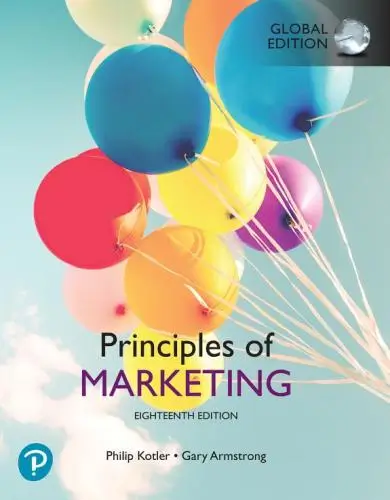
Principles of Marketing, Global Edition
Gary Armstrong
The 100 Best Business Books of All Time
Jack Covert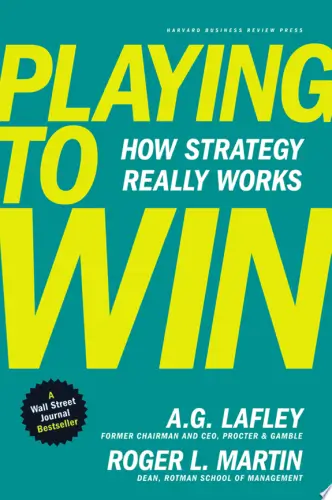
Playing to Win
A.G. Lafley
Productize
Eisha Armstrong
Start Your Own Pet-Sitting Business and More
Entrepreneur Press
The 22 Immutable Laws of Marketing
Al Ries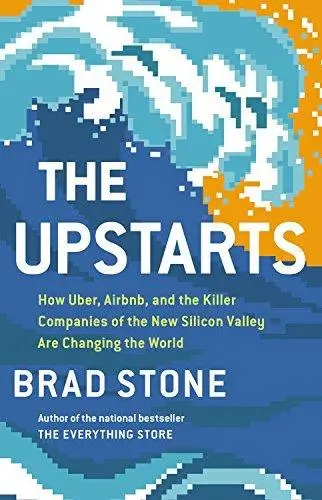
The Upstarts
Brad Stone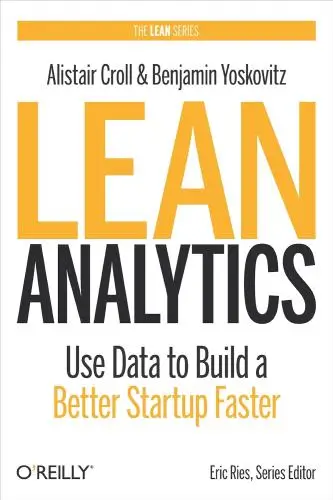
Lean Analytics
Alistair Croll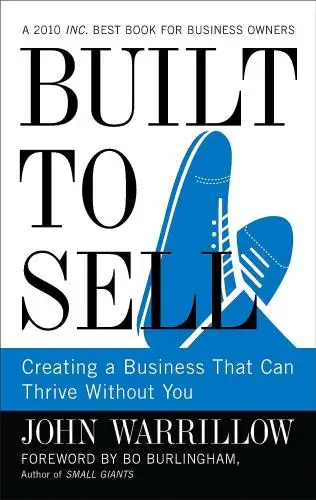
Built to Sell
John WarrillowTrending Summaries

Peak
Anders Ericsson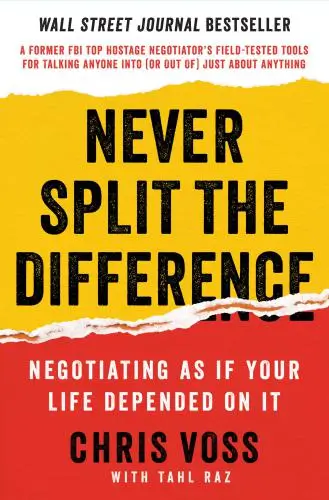
Never Split the Difference
Chris Voss
Smart Brevity
Jim VandeHei
The Psychology of Money
Morgan Housel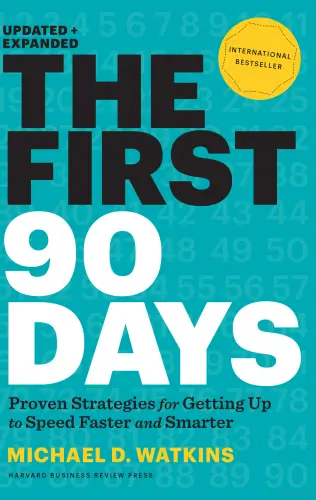
The First 90 Days
Michael D. Watkins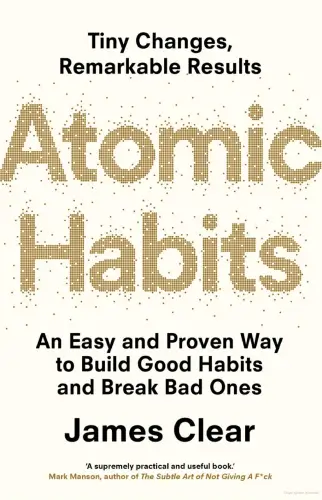
Atomic Habits
James Clear
Thinking, Fast and Slow
Daniel Kahneman
The Body Keeps the Score
Bessel van der Kolk M.D.
The Power of Regret
Daniel H. Pink
The Compound Effect
Darren HardyNew Books
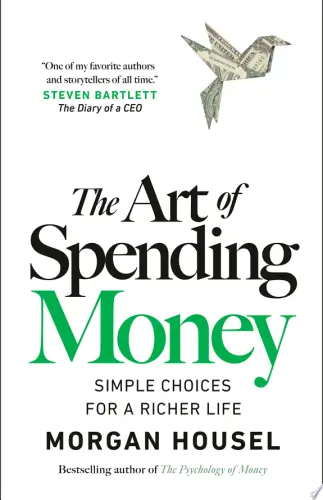
The Art of Spending Money
Morgan Housel
$100M Offers
Alex Hormozi
A Candle for Kiri
Edna Mae Holm
Principles of Marketing, Global Edition
Gary Armstrong
Serpent Rising: The Kundalini Compendium
Neven Paar
Feeling Is the Secret
Neville Goddard
The 100 Best Business Books of All Time
Jack Covert
My Oxford Year
Julia Whelan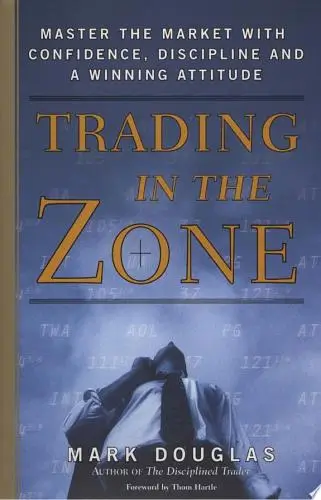
Trading in the Zone
Mark Douglas
